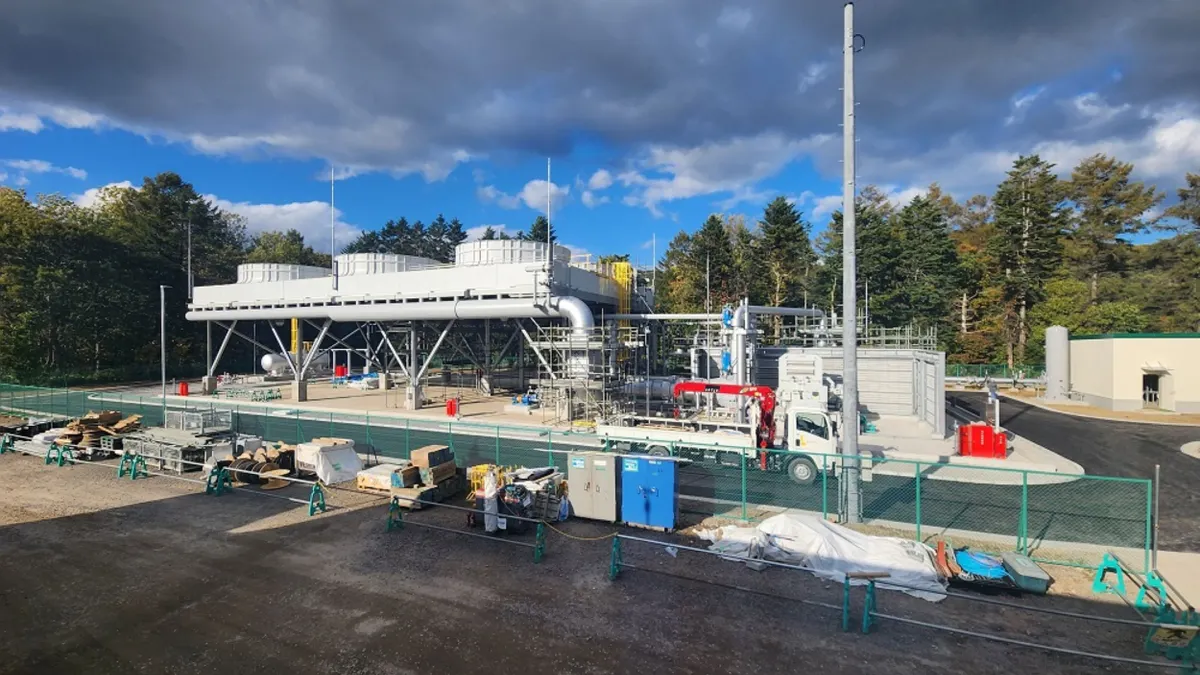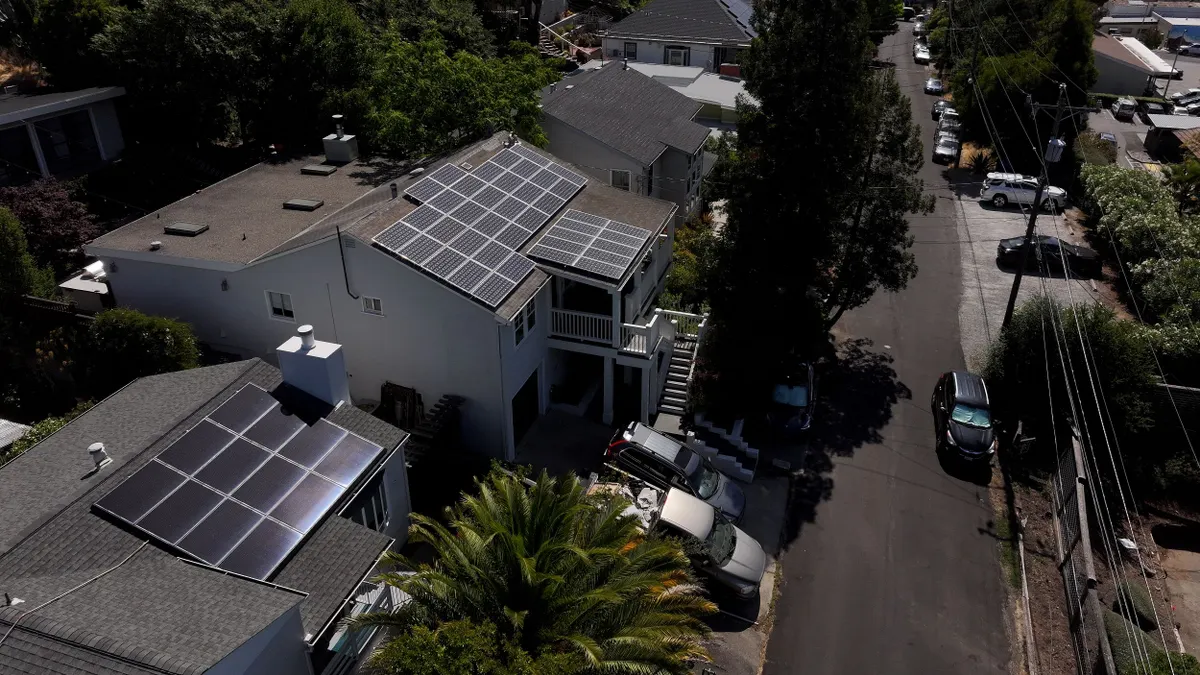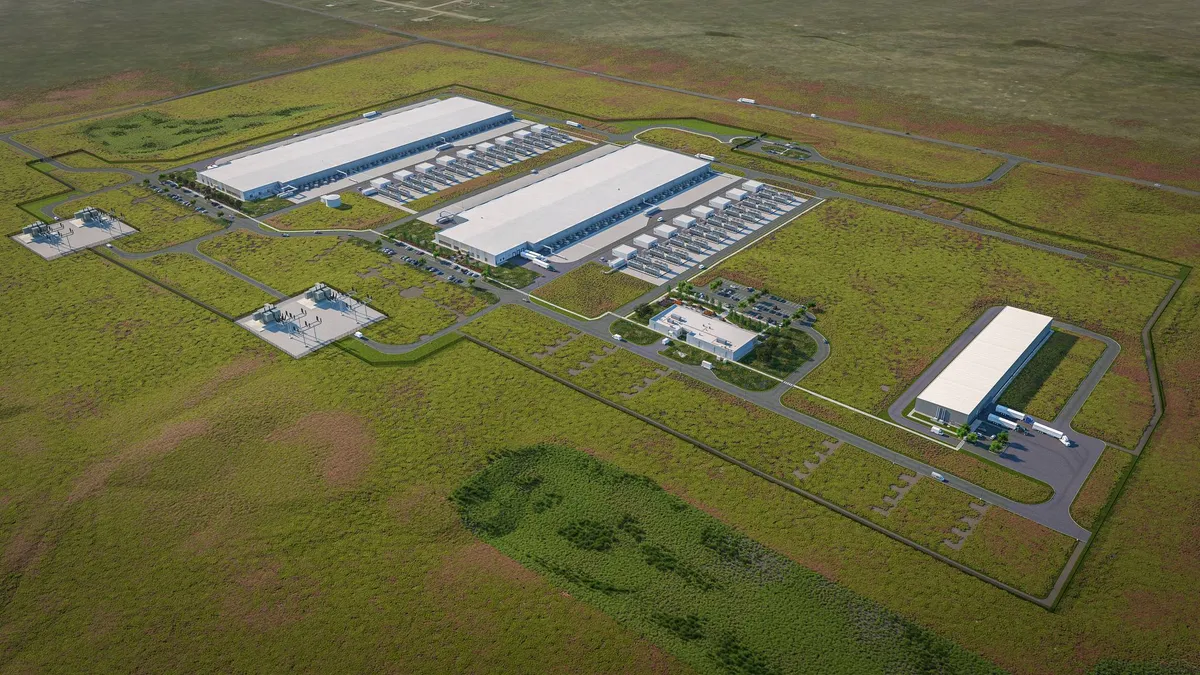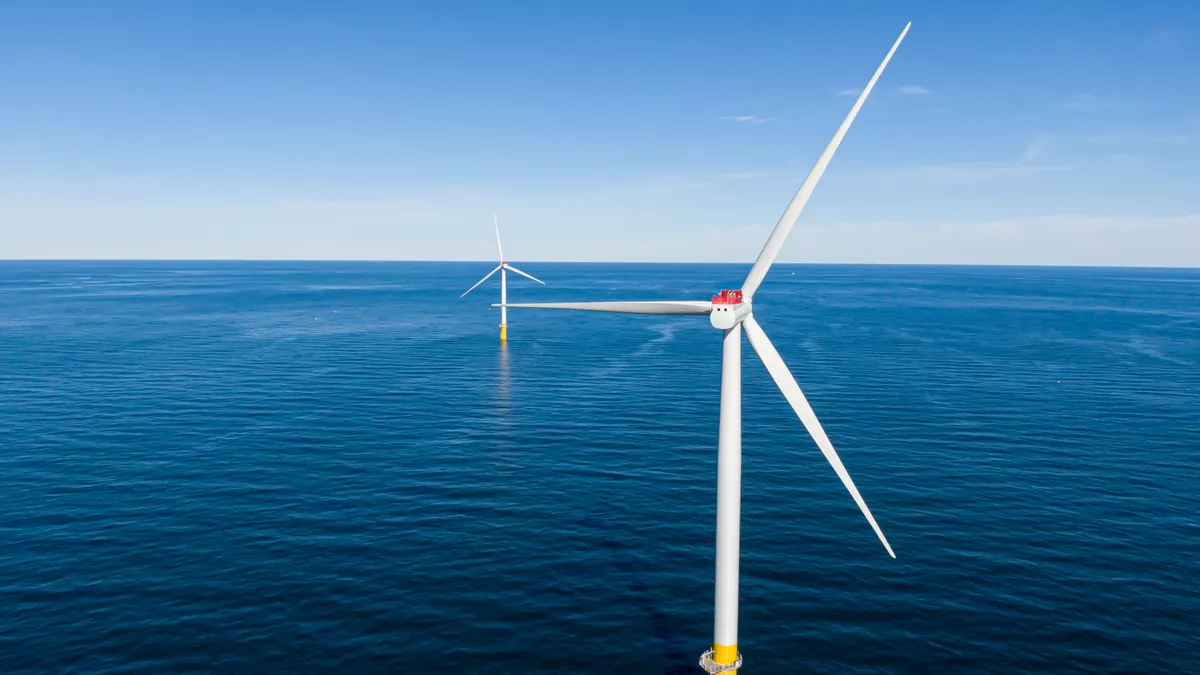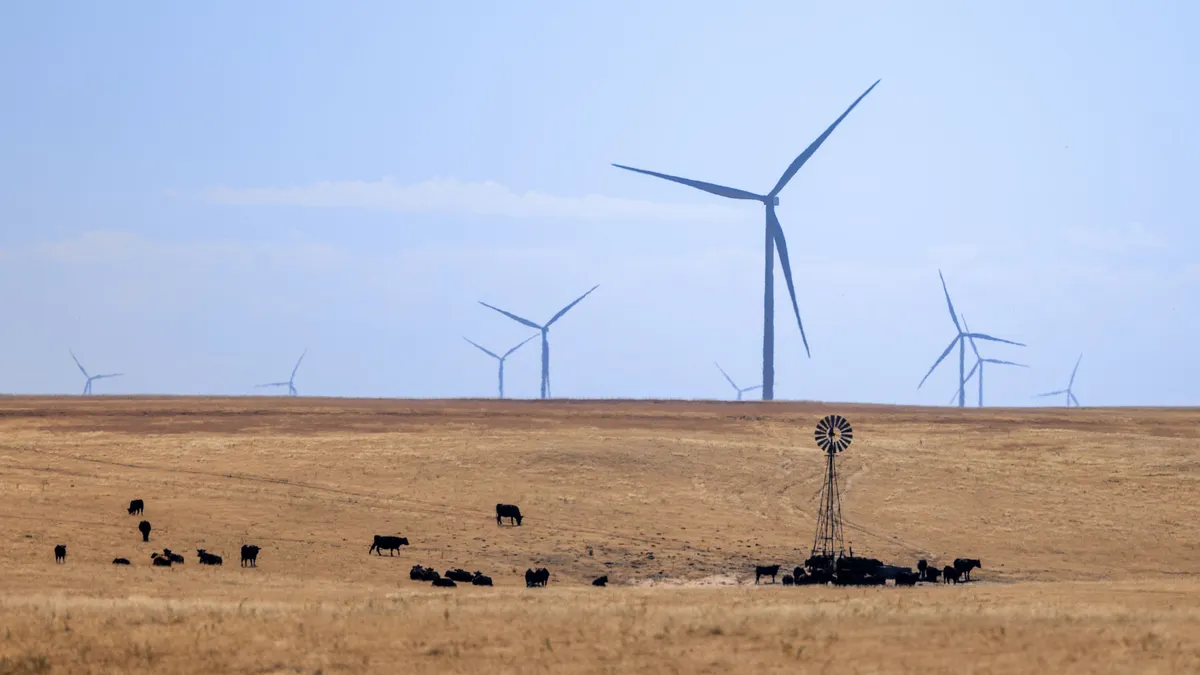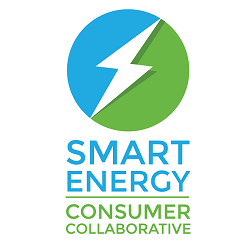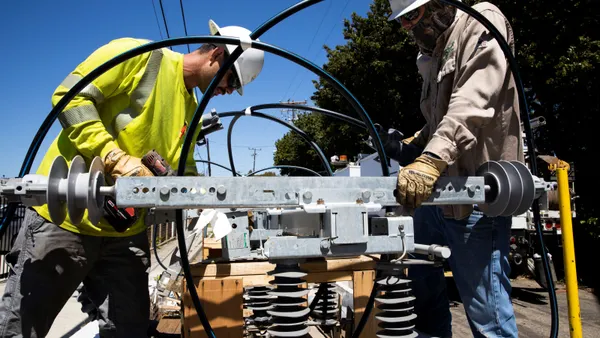Storage revenue surges
Nevada-based Ormat is an independent power producer that operates a 1.6-GW portfolio of geothermal, waste heat recovery, solar and energy storage resources with assets in the United States, Kenya, Latin America and Southeast Asia. It aims to nearly double its energy generation and storage capacity by the end of 2028, executives said on a third-quarter earnings call Tuesday.
Ormat earned $24.1 million profit in the third quarter, up 9.3% from $22.1 million a year ago. Its Q3 2025 revenue was $249.7 million, an increase of nearly 18% from the third quarter of 2024.
Ormat saw strong performance in its products and energy storage segments, which respectively account for 25% and 8% of its total sales. Storage was the standout, posting 108% growth year over year thanks to favorable seasonality and higher capacity prices in the PJM Interconnection.
The electricity segment accounts for 67% of Ormat’s sales. It was noticeably weaker this quarter due to a September storm that knocked out the grid near the company’s southern California assets, curtailments related to transmission upgrades in Nevada and lower energy prices in Hawaii.
On Tuesday, Ormat Chief Financial Officer Assaf Ginzburg said the curtailments could cost Ormat $40 million to $50 million this year. But CEO Doron Blachar characterized the issues as one-offs and said the company did not expect a repeat in 2026.
Ormat expects to book about $167 million from tax equity financing and tax credit transfer transactions this year, higher than previously forecast. It sees $50.4 million in net tax benefits from the investment and production tax credits for energy storage and geothermal authorized by the Inflation Reduction Act of 2022 and extended in full through 2033 by the One Big Beautiful Bill Act of 2025.
Ormat expects to grow its energy generation and storage capacity by 15% to 17% annually through 2028. In its core electricity segment, it sees 162 MW of solar growth and 240 MW to 340 MW of geothermal growth. Though a significant portion of its planned geothermal additions are slated for non-U.S. markets like Indonesia, Blachar said Ormat feels good about its projects in resource-rich Nevada despite a recent 10-fold increase in geothermal proposals entering NV Energy’s interconnection queue.
Updates on two enhanced geothermal partnerships
Ormat announced enhanced geothermal, or EGS, partnerships with SLB and Sage Geosystems earlier this year.
“We have achieved significant progress in advancing our EGS strategy,” Blachar said on Tuesday. He cautioned, however, that the partnerships likely would not accrue to Ormat’s capacity pipeline until after 2028.
The SLB partnership is a joint venture that Blachar said would blend SLB’s drilling and subsurface engineering expertise with Ormat’s thermal power plant design, development and operation. The first phase is a pilot project that could be operational in late 2026 at Ormat’s Desert Peak plant in Nevada — a significantly shorter headway than building a new facility for the project. If successful, Ormat and SLB would jointly develop commercial-scale power plants for independent power producers, utilities and large industrial customers.
The Sage pilot would follow a similar timeline, but the Texas-based startup is still deciding on a site, Blachar said. In August, Sage CEO Cindy Taff told Latitude Media that it was considering three sites in Nevada and Utah. If the pilot pans out, Ormat could then develop, build, own and operate geothermal power plants and energy storage facilities — including long-duration storage — using Sage’s EGS technology.
In both cases, Blachar said, each commercial-scale EGS facility could have hundreds of megawatts of capacity, compared with a few tens of megawatts at most traditional geothermal sites.
Strong energy storage growth and pipeline
Revenues in Ormat’s energy storage business more than doubled in the third quarter, albeit from a low base.
But that base is growing quickly as Ormat plans to add 660 MW to 760 MW of capacity over the next three years, upsizing its storage portfolio from 290 MW today to as much as 1,050 MW by the end of 2028. Ormat commissioned a 60 MW/120 MWh project in Texas last quarter and plans to bring an additional 175 MW/580 MWh online across three projects in California and Texas by the end of 2026.
The One Big Beautiful Bill Act’s foreign sourcing rules remain a concern for Ormat given industrywide dependence on Chinese components, Blachar said. The company had “safe-harbored whatever we could” to reduce the near-term impacts on tax credit eligibility, he added, referring to the practice of beginning work on energy projects to grandfather them into existing tax rules.
Ormat’s third-quarter earnings report shows 1.7 GWh of batteries safe-harbored so far and another 1.5 GWh “progressing in securing” safe harbor.


